|
March is Art Month in Sydney and I am delighted to have been able to attend the opening night of a live drawing event at the Paper Plane Gallery in Rozelle (02/03/12). I arrived thirty minutes after its opening and I am happy to see that the art was still in its early stages. Upon entering the gallery space, four individuals are clearly sighted, working solo at their chunk of the gallery wall. Seeing the first instances of black ink grow to a recognizable visual on a large hanging sheet of paper, something in me started stirring. I got very excited. Far too often, the gallery experience is one of passivity. Even with a live performance, I tend to become very aware of its imminent end and lose the ability to appreciate every passing moment. Here as spectators, we were witnessing the genesis of something yet to be, and there it was on the wall, still forming, taking shape, and growing. Viewing took on a forward motion - oh how I savoured that live energy in the room! All four artists contributed to the space a very different aesthetic. However, the commonality of black ink through the space made me think of the illustrative style of graphic novels and print works, as well as the visual tendencies of street artists. There was a very distinct boldness in their method of application, which resounded well with the endless stream of people floating into the space. I, for one, was captured by the high contrast in the developing visuals. Chris Ross, a good friend whom I had studied painting with while at the College of Fine Arts, was one of four artists in the project. He had in his space a projector set up and screening disaster sites on the wall. In comparison to the other artists who were working the full height and length of their allocated spaces, Chris was working quite definitively within the limits of the projection in a much smaller scale. Chris spent the first hour of the evening tracing the outlines of shapes within the projected pictures in a continuous motion, keeping up with the changing slides, and ultimately building up an intricate line drawing derived from numerous separate images. Gradually, he got the viewers to participate in this drawing activity. Sometimes there were even three or four at the same time. As I watched the event unfold, it became clear that several minute patterns and details were the first to be emphasized. There was always however the horizon line or perspectival angles that received no attention. The really obvious lines that defined a landscape were often bypassed. When there came an opportunity, I took up a marker and enthusiastically partook in the exercise. Strangely, despite my earlier observations and considerations as a bystander, following the shapes close up had thrown me into a different world where all I saw was chaos and confusion. The more the paper started to fill up, the more it became about having the physical and mental stamina to keep going and to keep searching; to keep believing that there was more to be sighted; more to be done. When there came a point of stagnation, a new piece of paper would be set up, and the process revisited. I found that every second spent from the moment I entered the gallery to watching people watch others, from observing in silence to make sense of a situation, and from considering the line work from afar and then to being a participant, contributed to my experience of the evening. In particular, what stood out for me is the irony of our delightful participation in a disaster-themed drawing exercise. It was strange that while there were so much death and destruction present in these images (making my initial reaction one of sadness), the gallery setting was more presently experienced and it became easy to embrace my alienation to these terrible incidents. I remember most clearly how deceptively difficult it was to envision the challenges of the drawing activity. Once, a participant yelled out “This is too hard. I’m going to stop.” Standing upfront at the wall, I had to adjust myself to escape the glare of the projector. There were also many times when I had to avoid casting shadows on someone else’s plot, and to bend at awkward angles so as to get a better view of the projection. Some gave up in a short time, but there were a few willing ones however, who strived on the challenge, and kept going for as long as they could. At the end of the day, what impressed me most was seeing how the concerted effort by several had produced an aesthetically compelling visual outcome. The unity of strangers and of people with different capabilities was satisfying to watch, especially when someone afraid to make a mark in fear of a mistake gained confidence in their participation. I loved how there was such a sense of equality and ownership of the work. We were even encouraged to sign our names on the side. Chris says that this project is an experiment with media and content. But I would say that more than just being an experiment, I found the experience to be real and tangible. Each moment within the space as spectator or participant had immediate implications, delving deeply into discussions one might have around that of live art. The evening also made me question all the possible responses one can have in an actual natural disaster. There is so much that can be said about how this drawing experience relates to the experience of a disaster, but of course in a much smaller scale and in a million less strenuous ways. In a drawing session such as this, the ephemerality of the moment is to be acknowledged and must be reflected upon. On this opening evening, there was great momentum in the gallery and everyone was very spirited. I am not sure that this same energy would continue for the next two days. I do hope however that a good crowd will continue to show, and spectators would jump on the bandwagon and not be afraid to make their mark. If one is willing, much perspective can be gained from the experience of this event.
0 Comments
Runs: 25 - 28 August, 2011 Venue: Kogarah Town Square Director: Caitlin Newton-Broad Outreach Director: Sarah Emery Movement: Victoria Hunt Sound: Michael Moebus Lighting: Stephen Hawker Video: Sasha Cohen Design: Robin Whitmore Costume: Katja Handt Rigging: Bernadette Regan Production Manager: Ngaire O'Leary Technical Stage Manager: Jeremy Skellern Ensemble: Tasha Dal Bianco, Kevin Ng, Tom Christophersen, Al Hassan Sankoh, Rachel Weiner, Matt Massaria, Grant Moxom, Rachel Roberts, Bernice Ong, Erica J Brennan, Lucy Watson, Daniel Tomalaris, James Calvaruso and Daisy Beattie. From Michel de Certeau's The Practice of Everyday Life
(Excerpt from Credible things and memorable things: habitability, pp.105-6) By a paradox that is only apparent, the discourse that makes people believe is the one that takes away what it urges them to believe in, or never delivers what it promises. Far from expressing a void or describing a lack, it creates such. It makes room for a void. In that way, it opens up clearings; it “allows” a certain play within a system of defined places. It “authorizes” the production of an area of free play (Spielraum) on a checkerboard that analyzes and classifies identities. It makes places habitable. I've just been introduced to Umberto Eco's The Open Work (1989).
Gosh, what a wonderful read! Here is an abstract from the book - and strangely enough the example of a road sign lies within: To avoid any confusion in terminology, it is important to specify that here the definition of the "open work," despite its relevance in formulating a fresh dialectics between the work of art and its performer, still requires to be separated from other conventional applications of this term. Aesthetic theorists, for example, often have recourse to the notions of "completeness" an "openness" in connection with a given work of art. These two expressions refer to a standard situation of which we are all aware in our reception of a work of art: we see it as the end product of an author's effort to arrange a sequence of communicative effects in such a way that each individual addressee can refashion the original composition devised by the author. The addressee is bound to enter into an interplay of stimulus and response which depends on his unique capacity for sensitive reception of the piece. In this sense the author presents a finished product with the intention that this particular composition should be appreciated and received in the same form as he devised it. As he reacts to the play of stimuli and his own response to their patterning, the individual addressee is bound to supply his own existential credentials, the sense conditioning which is peculiarly his own, a defined culture, a set of tastes, personal inclinations, and prejudices. This, his comprehension of the original artifact is always modified by his particular and individual perspective. In fact, the form of the work of art gains aesthetic validity precisely in proportion to the number of different perspectives from which it can be viewed and understood. These give it a wealth of different resonances and echoes without impairing its original essence; a road traffic sign, on the other hand, can be viewed in only one sense, and, if it is transfigured into some fantastic meaning by an imaginative driver, it merely ceases to be that particular traffic sign with that particular meaning. A work of art therefore, is a complete and closed form in its uniqueness as a balanced organic whole, while at the same time constituting an open product on account of its susceptibility to countless different interpretations which do not impinge on its unadulterable specificity. Hence, every reception of a work of art is both an interpretation and a performance of it, because in every reception the work takes on fresh perspective for itself. (pp. 3, 4) Three channel version of Mind's Eye screening at Dislocation, Kudos Gallery (17-28 August)18/8/2010 |
AboutThoughts about things. Archives
July 2019
Categories |

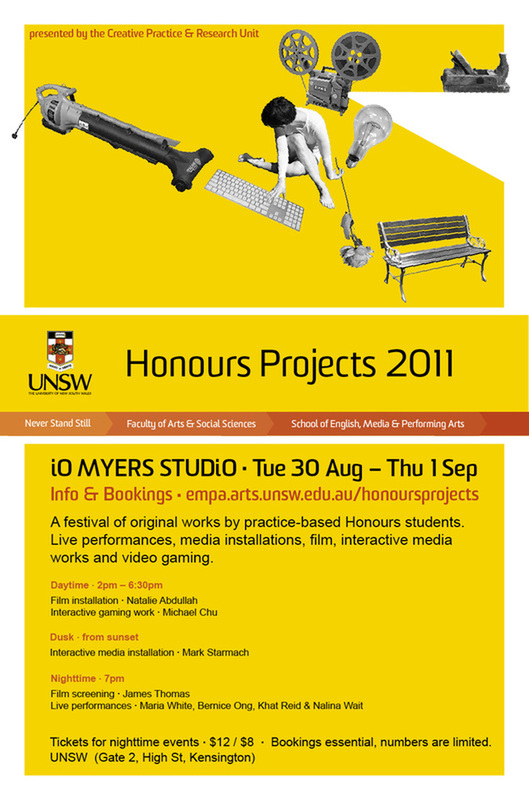
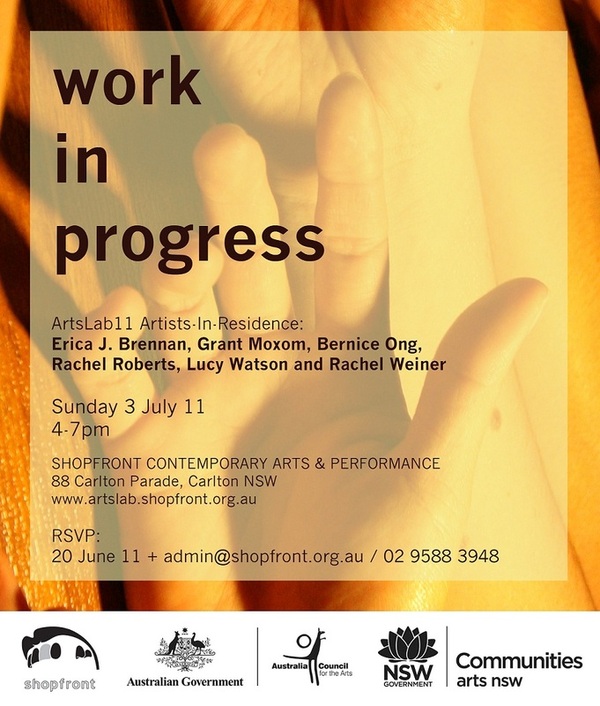
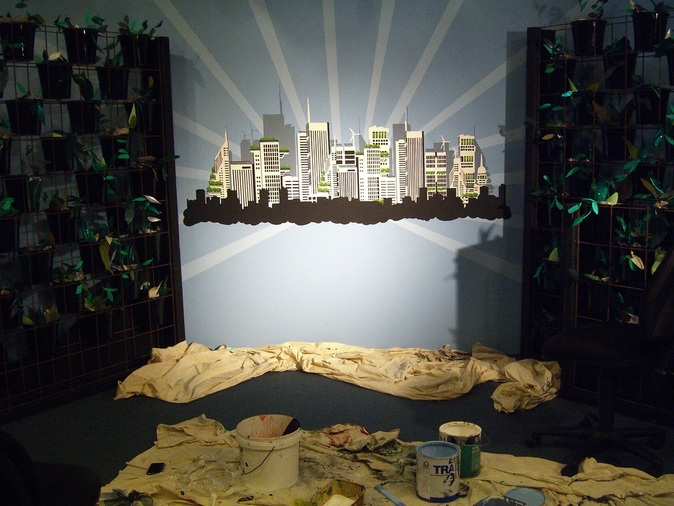
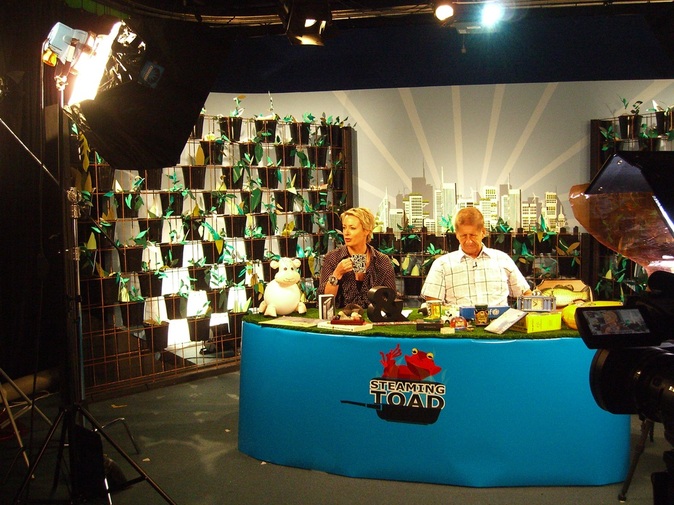
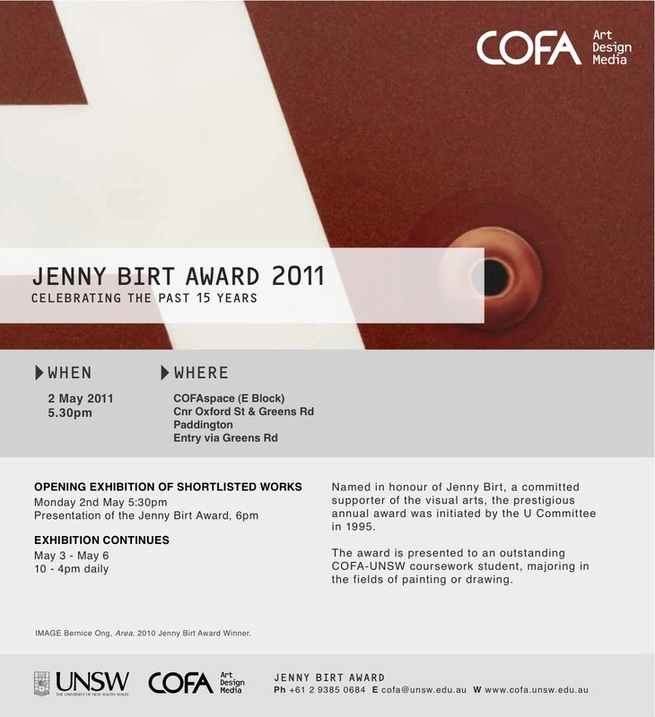
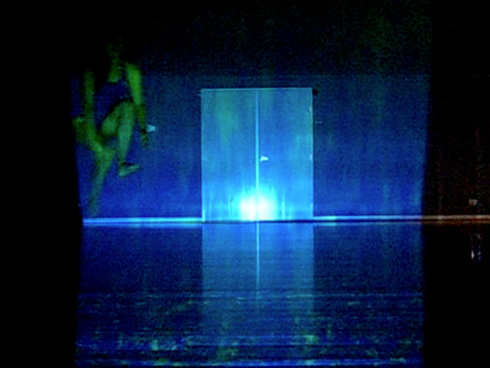
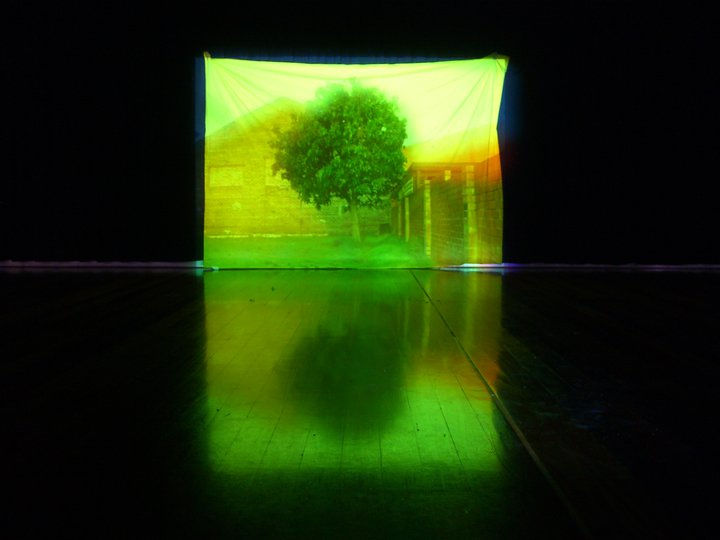
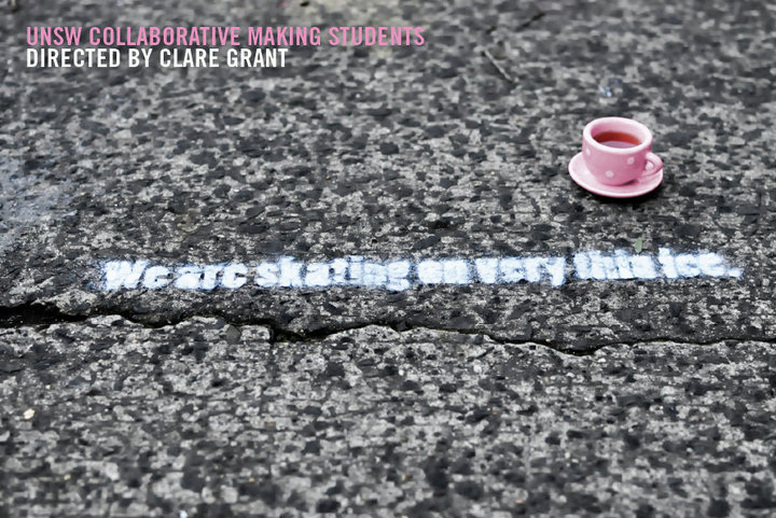
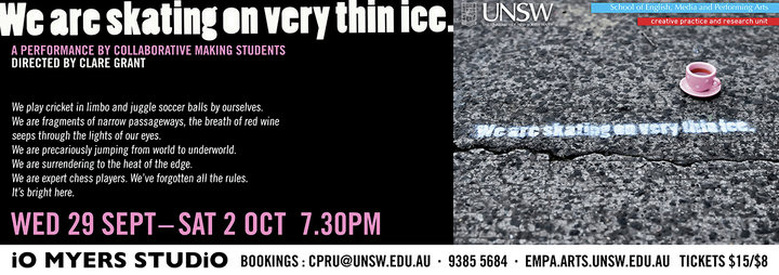
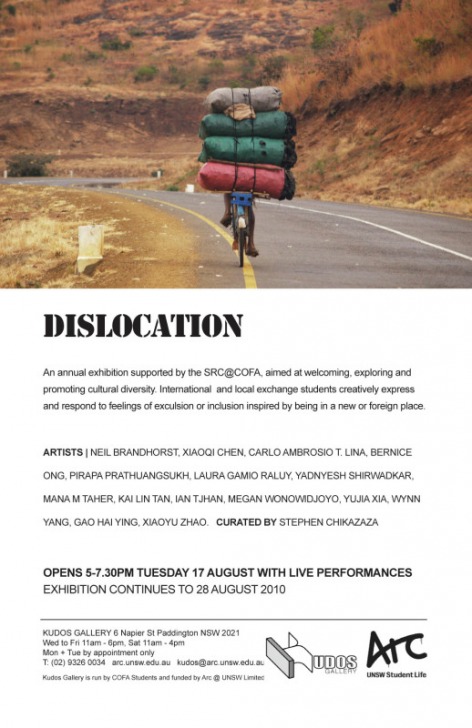
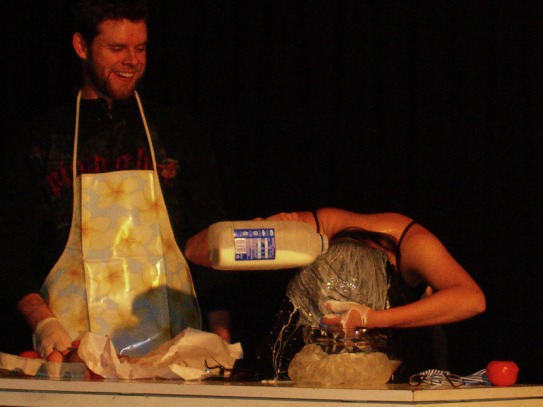
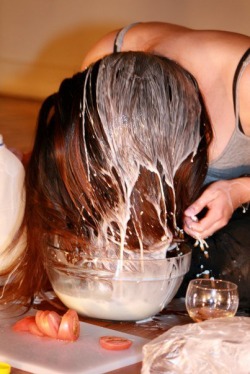
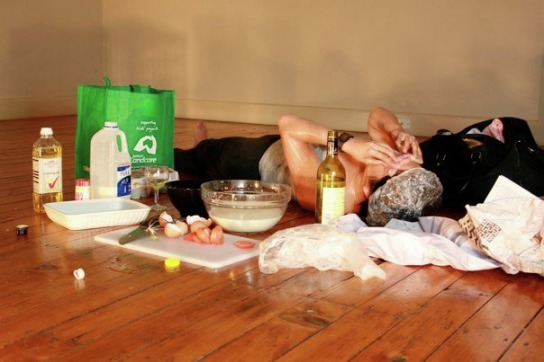
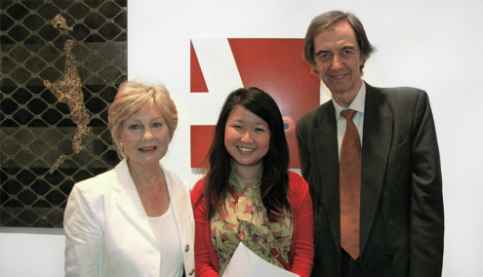
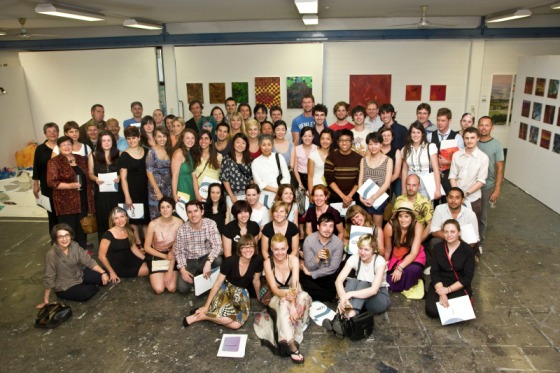
 RSS Feed
RSS Feed
